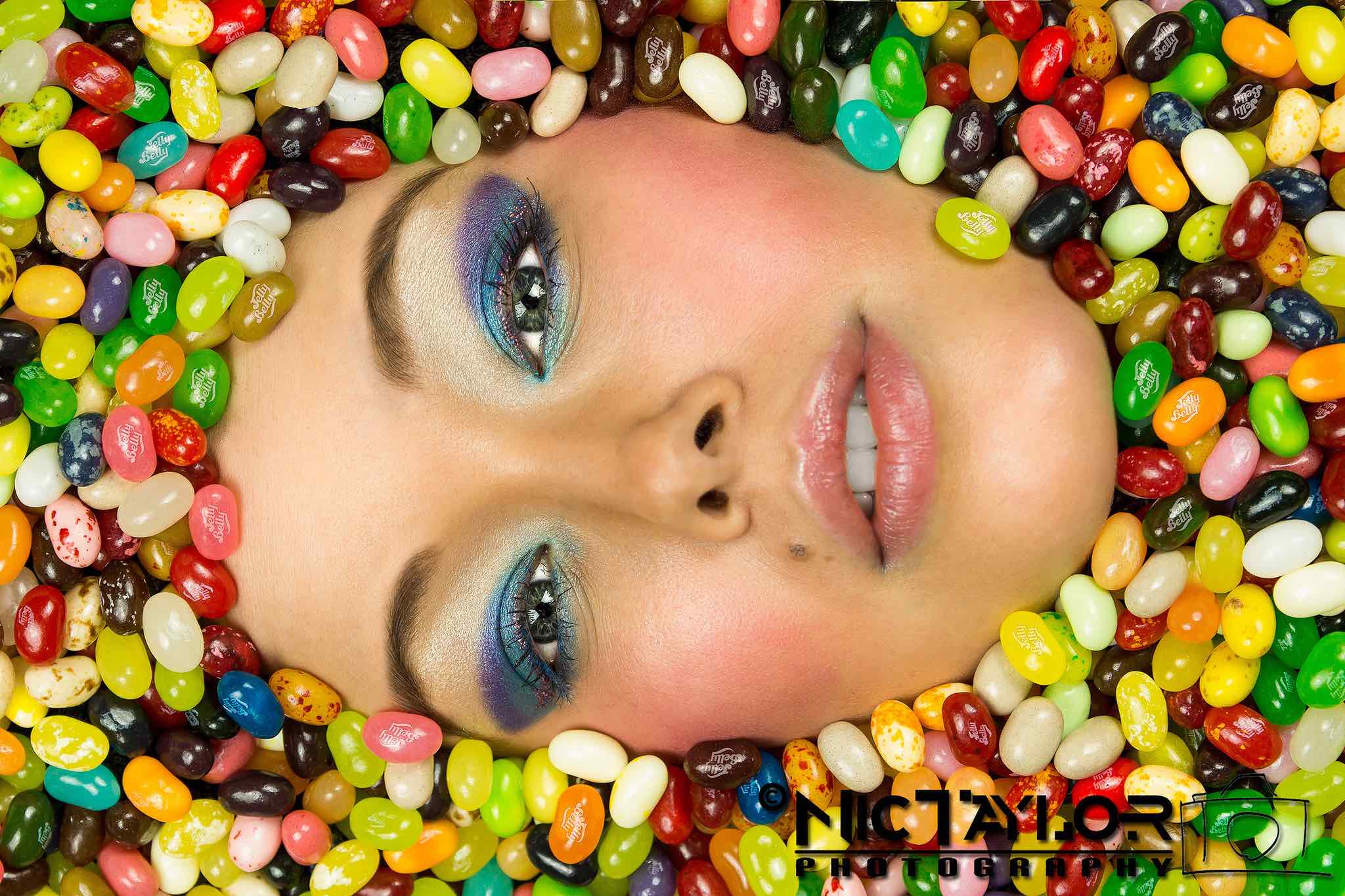
Who decides the standard height of kitchen counters? Tables? Desks? Chairs? Toilets? Can you imagine what it must be like for a 7’ 6” NBA center like Yao Ming to sit with his knees up in his face? And how does he keep his laptop from sliding down?
Maybe a silly example, but with all the talk about product differentiation, when you stop and think about it, we still live pretty much in a cookie cutter world. We may color or dress ourselves and our stuff a little different, but underneath, it’s all more or less the same.
Ever wonder why we all put pictures up on our four walls? Choose the same trendy materials, finishes and colors for our cars, appliances, and floor coverings? Change our clothes to stay in fashion? Follow a bunch of silly pseudoscientific fads with no real basis in fact?
They’re called cultural norms and they’re part of an evolutionary process governed by our brains’ limbic system, which reinforces certain behavior with powerful neurotransmitters like serotonin and dopamine that make you feel good when you do certain things that favor human survival.
In this case, it favors conformity because “safety in numbers” is a survival imperative for pack animals. Think about it. Animals isolated from the herd are sitting ducks for predators. The same was true of primitive man, back in the days when our early brains and limbic systems evolved.
That’s why we tend to conform to the status quo. You’re not aware of it, but it actually feels good when you do. That’s also why we organize into groups and live in communities, cities, and nations. And the most powerful instrument of the status quo in human history is Web 2.0, social media, and the gadgets we use to share and communicate.
Funny how we all customize our smartphones and computers with coverings and apps, but underneath they’re all the same. Everyone has unique social media profiles and personas, but when everyone follows the same influencers and entertainers, when everyone posts and tweets the same viral nonsense, when everyone spends hours a day on Facebook, are we really doing anything different? Are our personal brands really differentiated?
We may all look and act a little bit different, but that’s just façade. Underneath, we all think and behave more or less the same. We’ve never behaved more like a social collective. We’ve never marched more in lock step to cultural norms. We’ve never been less differentiated. But it doesn’t have to be that way. At least, not for everyone.
We may all have ancient limbic systems, but we also have highly evolved frontal lobes capable of complex thought and innovation. Our thinking brains are capable of overriding our ancient instincts. We don’t have to give in to those primitive impulses. We simply need the courage and the will to challenge cultural norms, think different, take risks, and do things our own way.
So much brainpower in our heads. So much technology and manufacturing capability with which to mold our thinking into anything we choose. And yet, we all choose to build our products in the same mold using the same tools and infrastructure. Why? Because it’s cheap and easy. But in the business world, cheap and easy means enormous competition, tiny market share, and slim profits. Think jellybeans.
Don’t be a jellybean.
Image credit Nic Taylor Photography via Flickr